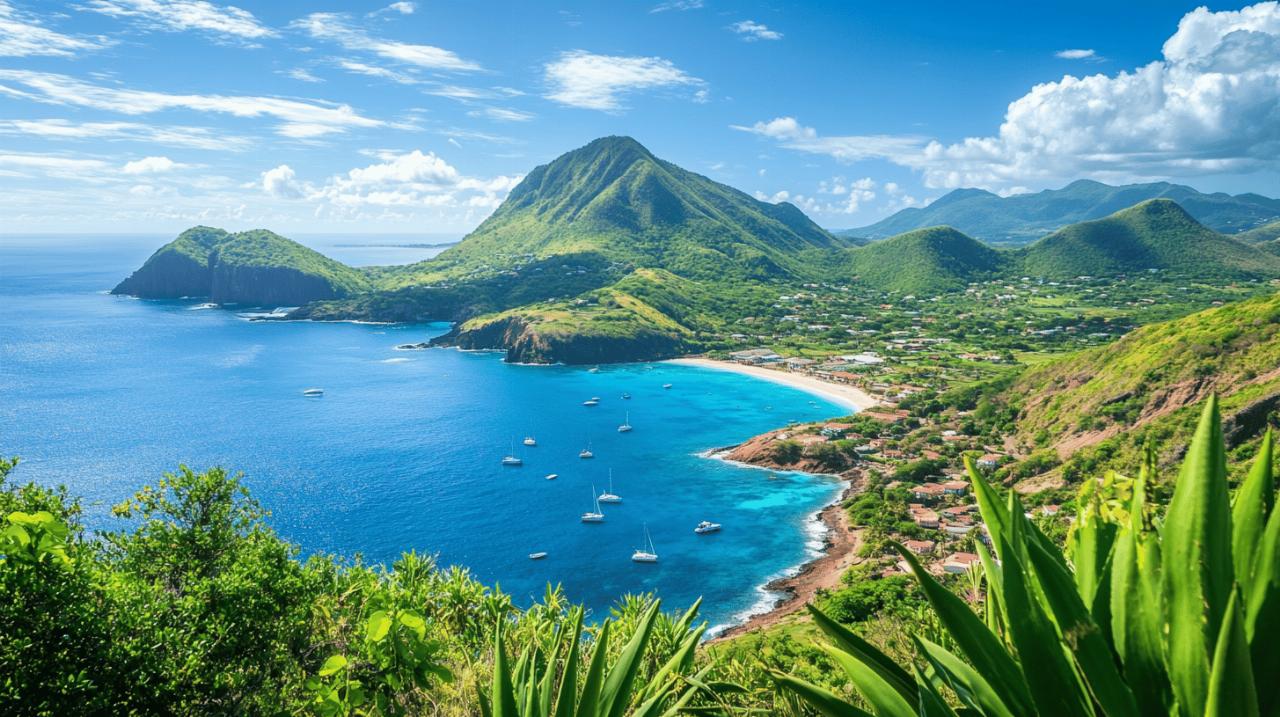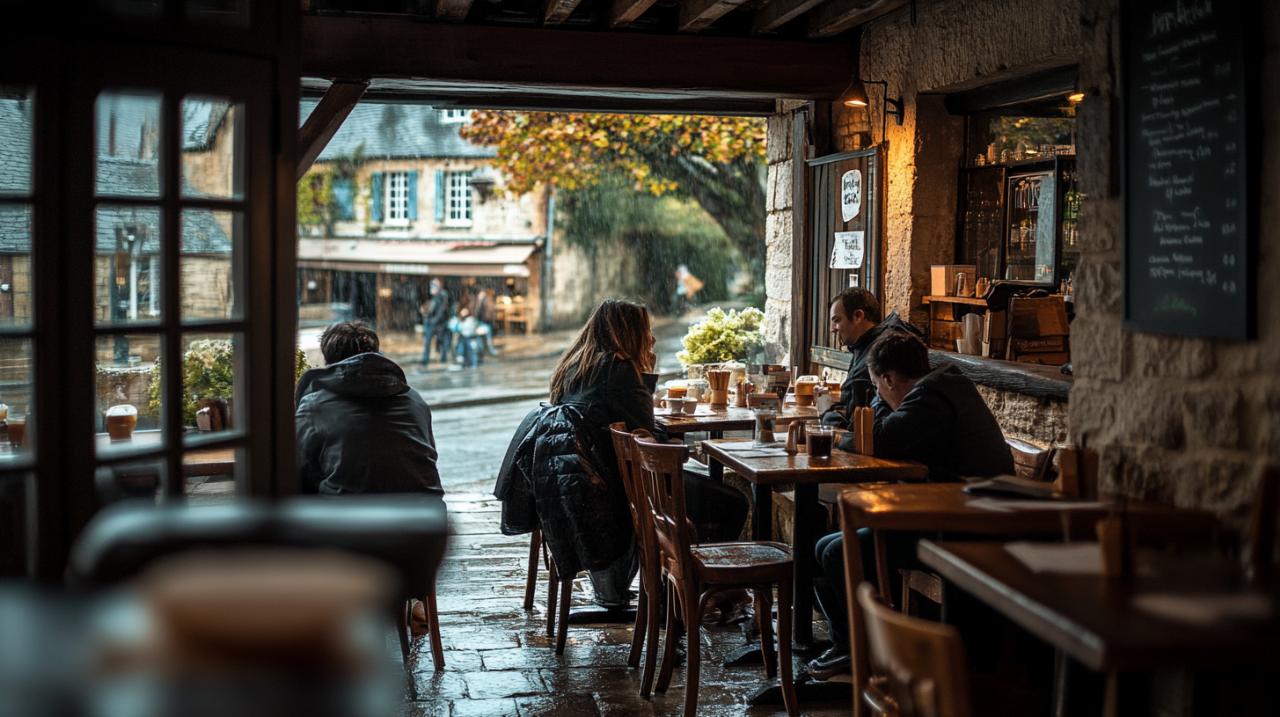Discovering madagascar's culinary heritage
Madagascar's cuisine stands as a fascinating testament to the island's diverse cultural influences. This large island nation off the eastern coast of Africa offers visitors a unique gastronomic adventure that combines elements from Austronesian, French, East Asian, Middle Eastern, and East African culinary traditions. What makes Malagasy food particularly special is how these various influences have been adapted to local ingredients and preferences, creating something truly distinctive that visitors won't find anywhere else in the world.
The rich history behind malagasy cuisine
The evolution of Madagascar's food culture mirrors its complex history of migration and colonisation. The foundation of Malagasy cuisine comes from the early Austronesian settlers who brought rice cultivation techniques and established it as the cornerstone of the local diet. So central is rice to Malagasy culture that the phrase 'to eat' in Madagascar literally translates to 'to eat rice,' highlighting its fundamental importance. Later arrivals from East Africa, the Middle East, and Asia each contributed their own culinary elements, while French colonial influence introduced European cooking techniques, baking traditions, and ingredients that remain prominent today.
Regional food variations across the island
As you travel through Madagascar, you'll discover distinct regional variations in cooking styles and ingredient choices. Coastal areas naturally emphasise seafood, with freshly caught fish, prawns, and lobster often prepared with vanilla sauce—a delightful combination showcasing Madagascar's position as the world's largest vanilla producer. Highland regions rely more heavily on meat, particularly zebu beef, which features prominently in stews and grilled dishes. The eastern regions make extensive use of cassava and its leaves, while western areas might incorporate more Middle Eastern influences. This regional diversity means that exploring different parts of the island offers an ever-changing menu of culinary discoveries.
Must-try traditional dishes
For visitors eager to experience authentic Malagasy flavours, several signature dishes stand out as essential culinary experiences. Most meals centre around a generous portion of rice, accompanied by various side dishes known collectively as 'laoka.' These accompaniments typically feature locally sourced vegetables, meats, or seafood prepared with garlic, ginger, and other aromatic seasonings.
Romazava: the national dish and its cultural significance
Romazava holds the prestigious position of being Madagascar's national dish, beloved throughout the island. This hearty stew combines zebu beef with a flavorful broth made from tomatoes, garlic, ginger and various leafy greens known as brèdes. The specific greens used often vary by region, with anamaho being particularly popular. What makes Romazava special is not just its taste but its cultural significance—it represents the resourceful nature of Malagasy cooking, making the most of local ingredients. You'll find this dish served at family gatherings and celebrations, as well as in restaurants catering to tourists seeking an authentic taste of Madagascar.
Ravitoto and other cassava-based specialities
Ravitoto showcases the important role that cassava plays in Malagasy cuisine. This distinctive dish consists of cassava leaves pounded into a paste and typically cooked with pork or zebu meat, although vegetarian versions made with coconut milk are also common. The earthy flavour of the cassava leaves pairs wonderfully with the richness of the meat or coconut milk. Served with rice and often accompanied by tomato chutney, Ravitoto offers visitors a true taste of Madagascar's culinary identity. Other cassava specialities include various preparations of the root itself, which is frequently grilled or fried and served as a side dish or street food snack.
Street food and market experiences
No culinary exploration of Madagascar would be complete without sampling the vibrant street food scene. Markets and roadside stalls offer an accessible way to experience local flavours while engaging directly with Malagasy food culture. These casual dining options also provide excellent value for money, making them perfect for travellers wanting to maximise their culinary adventures.
Navigating local markets for authentic flavours
Madagascar's markets burst with colour and activity, offering visitors a sensory feast. Morning markets are particularly lively, with vendors selling fresh produce, spices, and prepared foods. Look for stalls selling mofo gasy, a type of Malagasy bread similar to pancakes, often eaten for breakfast. These markets are also excellent places to discover Madagascar's famous spices, including vanilla, cinnamon, cloves, and black pepper. When exploring markets, don't hesitate to ask vendors about their products—many will be happy to explain how ingredients are used in local cooking and might even share recipe tips.
Popular snacks and quick bites worth sampling
Malagasy street food offers delicious options for hungry travellers on the go. Masikita, grilled zebu skewers sometimes including fat, heart or kidneys, provide a savoury protein boost. Various types of mofo (fritters) make excellent snacks, including mofo akondro (banana fritters), mofo anana (fritters with leafy greens), and mofo voatavo (pumpkin fritters). The Chinese-Malagasy fusion dish Minsao, with its stir-fried ramen noodles and vegetables, shows the multicultural influences on the street food scene. For those with a sweet tooth, koba akondro—a steamed cake made from bananas, peanuts, and rice flour wrapped in banana leaves—offers a unique dessert experience that reflects traditional cooking techniques.
Dining etiquette and practical tips
Understanding the customs and practicalities of dining in Madagascar will enhance your culinary experiences and help you navigate the food scene with confidence. From knowing where to find the best meals to understanding local eating habits, these insights will help you make the most of your gastronomic adventures on the island.
Understanding meal customs and social practices
Meals in Madagascar tend to be communal affairs that strengthen social bonds. When invited to a Malagasy home, observe that the host typically serves food and that it's customary to wash hands before eating, as many traditional dishes are eaten by hand. Rice forms the foundation of most meals, with various laoka served alongside it. While Malagasy cuisine uses aromatic spices, it isn't typically very spicy by default. Instead, condiments like sakay (hot sauce made with chili, ginger, and garlic) are served separately, allowing diners to adjust the heat level to their preference. Drinking customs include enjoying locally produced rum, often infused with vanilla, fruits, or spices, with Dzama Rhum being a particularly good local brand to try.
Where to Find the Best Dining Spots Throughout Madagascar
For authentic Malagasy cuisine, seek out establishments known as Hotely Gasy, small local restaurants that serve typical dishes at reasonable prices. These family-run eateries offer dishes like akoho gasy (chicken), hena omby ritra (braised beef), and varanga (thinly sliced zebu), with menus varying based on regional ingredients. In coastal areas, beachside grills serve fresh seafood, often accompanied by grilled banana plantain and cassava. For those seeking a touch of European influence, French-style bakeries and restaurants can be found in larger towns and cities, offering familiar tastes alongside Malagasy specialities. When travelling in more remote areas, markets provide reliable food options, with freshly prepared meals available throughout the day. Regardless of where you choose to dine, embracing the local food culture offers a deeper connection to Madagascar and its people.
Staple ingredients and cooking methods
Madagascar's cuisine reflects a fascinating blend of Austronesian, French, East Asian, Middle Eastern and East African influences, creating a distinctive culinary tradition that's worth exploring when visiting this island nation. The Malagasy approach to food revolves around staple ingredients and time-honoured cooking methods that have been refined over generations.
Rice as the Foundation of Malagasy Meals
Rice forms the absolute cornerstone of Malagasy cuisine, playing such a central role that in Madagascar, the word 'to eat' literally translates as 'to eat rice'. This grain appears at almost every meal, served as the main component rather than a side dish. The typical Malagasy meal features a generous portion of rice accompanied by various side dishes known as 'laoka'.
Whilst travelling through Madagascar, you'll notice regional variations in rice preparation, but the importance of this staple remains constant across the island. Many families grow their own rice, and the paddies form a distinctive part of the Malagasy landscape. The rice is typically steamed until fluffy and piled high on plates, ready to absorb the flavours of the accompanying dishes.
The Art of Cooking Laoka and Accompaniments
Laoka refers to the side dishes served with rice, ranging from meat-based stews to vegetable preparations. Zebu beef features prominently in Malagasy cuisine, appearing in many traditional dishes including the national dish, Romazava—a hearty stew combining zebu meat with tomatoes, garlic, ginger and native greens.
Ravitoto stands as another beloved dish, made from cassava leaves pounded into a paste. This versatile dish can be prepared vegetarian with coconut milk or enhanced with pork. Seafood lovers will appreciate Tilapia à la Malagasy, featuring fish cooked in a flavourful sauce of tomatoes, greens, onions, garlic and ginger.
Accompanying these main laoka dishes are smaller side preparations like Lasary, which consists of pickled or sautéed vegetables. For those seeking a spicy kick, Sakay, a fiery hot sauce crafted from chili, ginger and garlic, can be added to taste.
The French influence on Malagasy cuisine is evident in the bakeries offering fresh baguettes and pastries. Along the coast, fresh seafood features prominently, with specialities like lobster in vanilla sauce showcasing Madagascar's position as the world's largest producer of vanilla beans.
Street food and smaller establishments called Hotely Gasy offer affordable ways to sample authentic dishes. Look out for Mofo (savoury spiced beignet fritters), Mofo akondro (banana fritters), and Masikita (grilled zebu skewers)—all perfect for sampling whilst exploring this captivating island.







